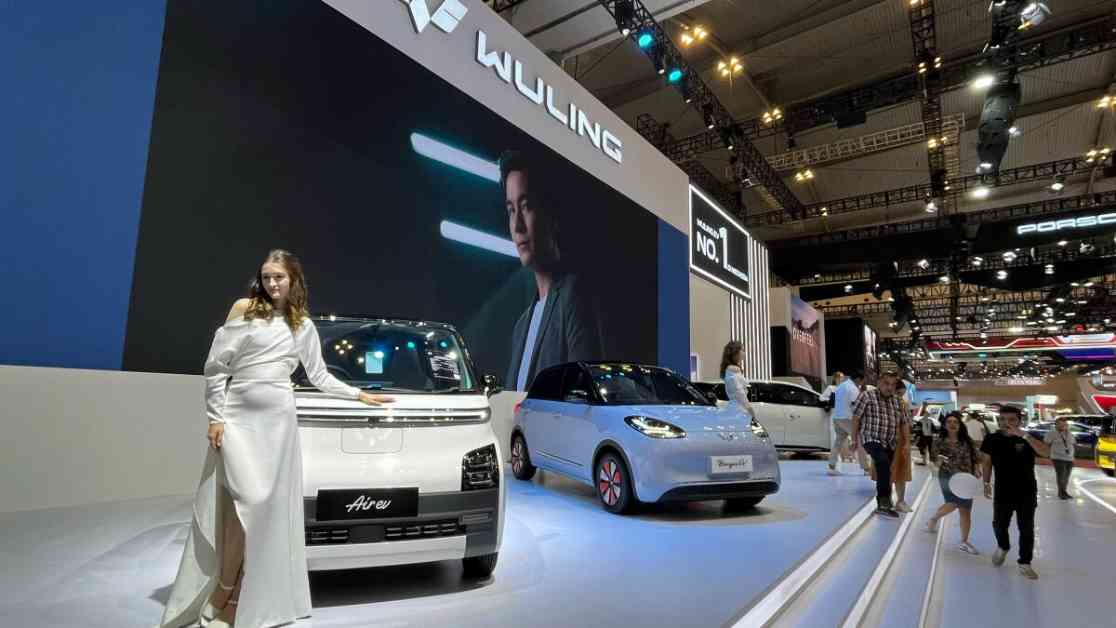Late last year, Chinese automaker BYD became the world’s largest seller of electric vehicles, surpassing Tesla. However, due to tariffs on Chinese imports in the U.S. and the European Union, Southeast Asia has become a key market for Chinese electric cars. At the Indonesia International Auto Show, about a third of the 31 passenger car brands represented were from China, with the majority being electric vehicles.
In Indonesia, the largest car market in Southeast Asia, Chinese automakers like BYD are gaining traction. BYD recently introduced three electric vehicle models in Indonesia, with the promise of 300 miles on a single charge. The Indonesian government has created incentives for EV buyers and set a goal of 400,000 EV sales by next year. However, challenges remain in Indonesia, such as the lack of charging stations and cheaper alternatives to EVs.
For consumers like Safik Bahsein, the quality of Chinese cars now rivals those from Europe and Japan. He expressed interest in purchasing a BYD electric car for his wife, despite owning a Tesla Model 3 himself. Goldie Liem, a young professional, found the biggest incentive to purchase a Chinese EV to be the license plate exemption in Jakarta, which saves her time and money on her daily commute.
Chinese automakers have been looking to Southeast Asia as a market and production base, with Indonesia being one of the fastest-growing export markets for electric vehicles. BYD recently announced plans to build a $1.3 billion EV plant near Jakarta, joining other Chinese brands like Neta and Wuling in producing electric cars in Indonesia. Indonesia’s abundant natural resources, including nickel needed for EV batteries, have attracted Chinese investment in mining and manufacturing.
In order to expand globally and mitigate tariffs in the U.S. and Europe, Chinese automakers like BYD have been establishing production facilities in strategic locations such as Thailand, Turkey, Hungary, and Mexico. Southeast Asia, particularly Indonesia, offers a significant opportunity for Chinese electric vehicle manufacturers to grow their market share.
Despite the growing popularity of Chinese electric vehicles in Southeast Asia, challenges remain, such as the need for more charging infrastructure. Consumers like Ricky Aristin are impressed by the quality and affordability of Chinese EVs but are hesitant to make the switch until charging stations become more widespread.
As Chinese automakers continue to expand their presence in Southeast Asia, the region is poised to become a key market for electric vehicles. With ongoing developments in infrastructure and government incentives, the adoption of EVs in countries like Indonesia is expected to increase in the coming years.



























